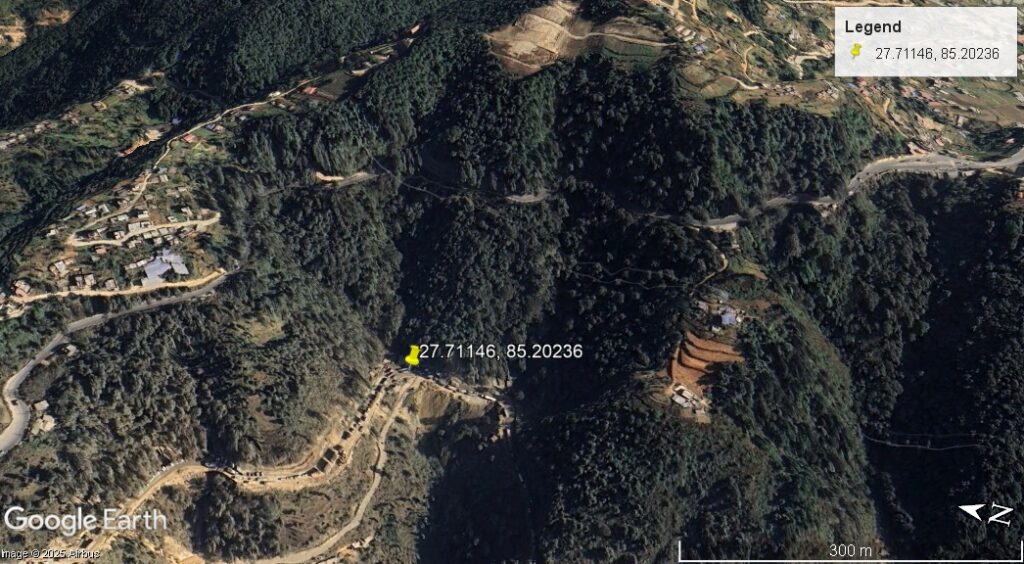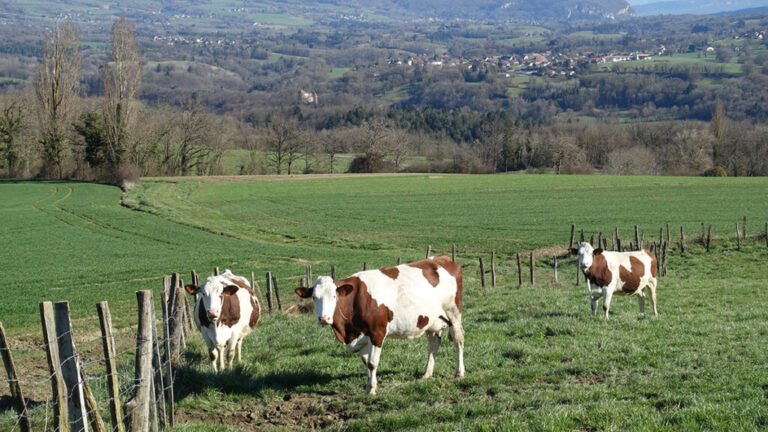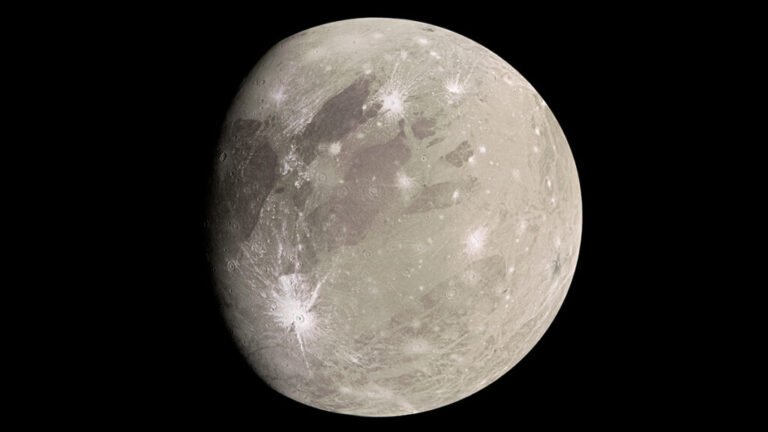

The most severe rainfall event ever recorded in Nepal impacted about 2.6 million people, causing losses of US$370 million and about 270 lives.
Between 26 and 28 September 2024, a devastating late monsoon rainfall event in Nepal triggered hundreds of landslides. In landslide terms, this was the most serious event recorded in Nepal outside of a major earthquake – economic losses are estimated to have been 1% of the country’s GDP and about 270 people were killed or left missing.
An initial analysis (Lamichhane et al. 2025 – the paper is behind a paywall, but the link should allow you to access it) has just been published in the journal Landslides – a very welcome paper. The authors, the majority of whom are Nepali, deserve praise for the speed at which this has been compiled, its comprehensive analysis and the diligence with which they have provided location information for the major events they describe. This is a model that others should seek to follow.
A substantial part of the paper examines the rainfall event itself. In central Nepal, 25 weather stations recorded their highest ever 24 hour rainfall. One station, at Godavari in Lalitpur District, recorded 311.6 mm. Peak hourly intensities were also high by Nepal standards – Godavari recorded 26.8 mm between 7 and 8 pm on 28 September 2024 – again, an unusually high figure for Nepal. Over the three day period, Godavari recorded 366.0 mm of rainfall.
Lamichhane et al. (2025) rightly highlight that the disaster was probably the consequence of a rainfall event that occurring in the late monsoon period, when the ground is already saturated, and that then involved high rainfall intensities, a high 24 hour rainfall total and a high 72 hour rainfall total. This is a toxic combination.
Lamichhane et al. (2025) then describe some of the more serious landslide events. The greatest losses occurred were caused by the Jhyaple Khola landslide, situated on the Tribhuvan Rajpath highway. The location is [27.71146, 85.20236] – the site is shown in the Google Earth image below, with the marker showing the point at which the landslide struck the road:-

This is a Google Earth image of the site after the landslide:-

And here is a slider to allow you to compare the two:-


This landslide occurred at about 4 am on 28 September 2024. Unfortunately, two buses were at the site, trapped behind an earlier landslide.
Both buses were struck, killing 35 people. Lamichhane et al. (2025) describe the landslide as a 3 m deep debris flow that was rich with large pieces of woody debris. They rightly point out that the failure originated about 80 m above the road, but I would also highlight that the source appears to be another section of road. It is unclear to me as to whether the failure was on the cut slope above the road or a fill slope below it. That road appears on images from 2004, so it is not new.
Lamichhane et al. (2025) detail many other examples of landslides across Central Nepal, and even these are just a fraction of the total. Whilst the rainfall was unprecedented, they rightly highlight the anthropogenic issues that were the root of the disaster:-
“Major landslides and debris flow sites were linked to intense rainfall, unregulated sand mining, poorly managed rivers, haphazard road construction, and highly weathered slopes.”
In addition, they note that the following about the aftermath of the incident:-
“Despite involvement from various agencies, the disaster response fell short, underscoring the need for a more proactive approach to mitigation and management. Public response to rainfall warnings from agencies like Nepal’s Department of Hydrology and Meteorology (DHM) was also insufficient, contributing to tragic fatalities.“
Nepal will face many more events like this in the coming years, and indeed an even larger rainfall event is probably just around the corner. Lamichhane et al. (2025) demonstrates that immediate action is needed. Sadly, I have low confidence that this occur. It feels inevitable that I will describe another event of this type on this blog in the coming years.
Reference
Lamichhane, K., Biswakarma, K., Acharya, B. et al. 2025 Preliminary assessment of September 2024 extreme rainfall–induced landslides in Central Nepal. Landslides. https://doi.org/10.1007/s10346-025-02577-w
Text © 2023. The authors. CC BY-NC-ND 3.0
Except where otherwise noted, images are subject to copyright. Any reuse without express permission from the copyright owner is prohibited.







